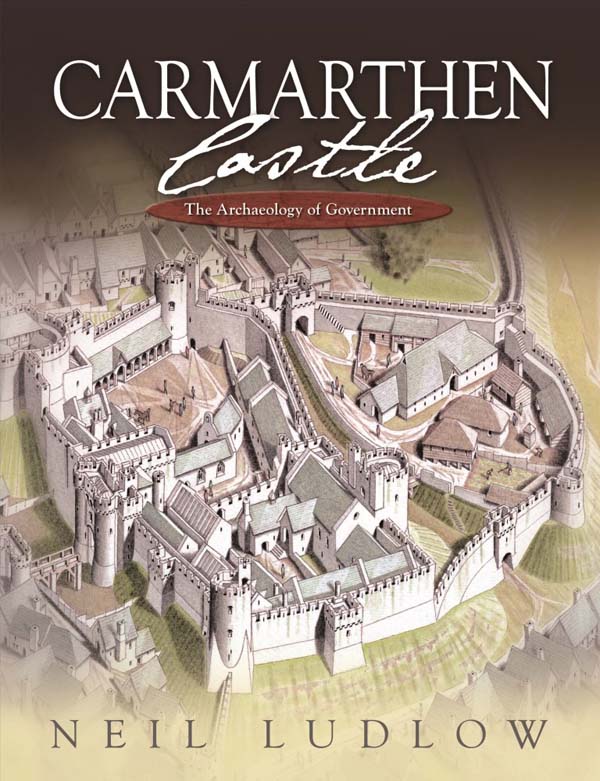Carmarthen Castle
The Archaeology of Government
Awdur(on) Neil Ludlow
Iaith: Saesneg
Dosbarthiad(au): Welsh Interest, History
- Mehefin 2014 · 475 tudalen ·246x189mm
- · Clawr Caled - 9781783160129
- · eLyfr - pdf - 9781783160136
- · eLyfr - epub - 9781783162000
Castell Caerfyrddin oedd un o'r cestyll mwyaf yng Nghymru'r Oesoedd Canol, yn ogytal ag un o'r pwysicaf oherwydd ei swyddogaeth fel canolfan llywodraeth ac fel eiddo'r Goron mewn ardal o diroedd Cymreig ac arglwyddiaethau'r Mers. Dymchwelwyd y rhan fwyaf o'r castell yn ystod yr ail ganrif ar bymtheg, cyn ei ailddatblygu yn gyntaf fel carchar ac yna'n bencadlys i'r awdurdod lleol. Eto, mae'r adfeilion a'u lleoliad yn hynod drawiadol. Rhwng 1993 a 2006, bwriwyd ati gyda rhaglen sylweddol o waith archeolegol ac ymchwil, gwaith a ddisgrifir mewn manylder yn y llyfr hwn. Archwilir hanes y castell yn ogystal, ynghyd a'i effaith ar yr ardal ac ar Gymru gyfan. Cawn ddarlun o swyddogion a thrigolion y castell, eu gweithgareddau, a'u hymadwaith gyda'r amgylchfyd. Disgrifir y cloddfeydd yn y castell a'r creiriau a ganfyddwyd, ynghyd a'r potensial archeolegol sy'n parhau. Mae'r llyfr hwn yn gosod Castell Caerfyrddin ym myw hanes Cymru'r Oesoedd Canol, gan roi iddo'i briod le ym maes ehangach astudiaethau cestyll a hanes pensaerniol, i gyflwyno astudiaeth sy'n gyfraniad sylweddol i hanes un o drefi mawr Cymru.
1 Introduction: 'A Certain Good Donjon' A brief overview Historiography Location, setting and early settlement An introductory description 2 Carmarthen Castle and its Place in Medieval Wales Origins Politics and war A centre of government The castle in the landscape 3 The Physical Remains The motte and shell-keep The curtain walls and towers The Great Gatehouse and bridge The castle interior The gaol wall, yard and Old Police Station 4 Reconstructing the Castle Phase 1: The timber castle, 1106 - 1180 Phase 2: The shell-keep, 1181 - 1222? Phase 3:The masonry defences, 1223 - 1240 Phase 4: Buildings for the king, 1241 - 1278 Phase 5: More accommodation, 1279 - 1300 Phase 6: Buildings for government, 1301 - 1408 Phase 7: Damage and rebuilding, 1409 - c.1550 Social organisation: the castle as a residence 5 Division, Demolition and Development: The Post-medieval Castle Decline: the late sixteenth/mid-seventeenth century Slighting: from Civil War to Restoration, 1642 - 1660 The late seventeenth and eighteenth centuries The new County Gaol, 1789 - 1868 The late nineteenth-century gaol and County Hall, 1868 - 1993 6 Pottery and Other Finds Pottery and glass (Paul Courtney and Dee Brennan) Organics and metalwork from medieval deposits (Mark Redknap) Small finds from post-medieval deposits (Mark Redknap, Dee Brennan and Edward Besly) 7 Epilogue: The Castle Rediscovered The castle in the present The castle in the future


